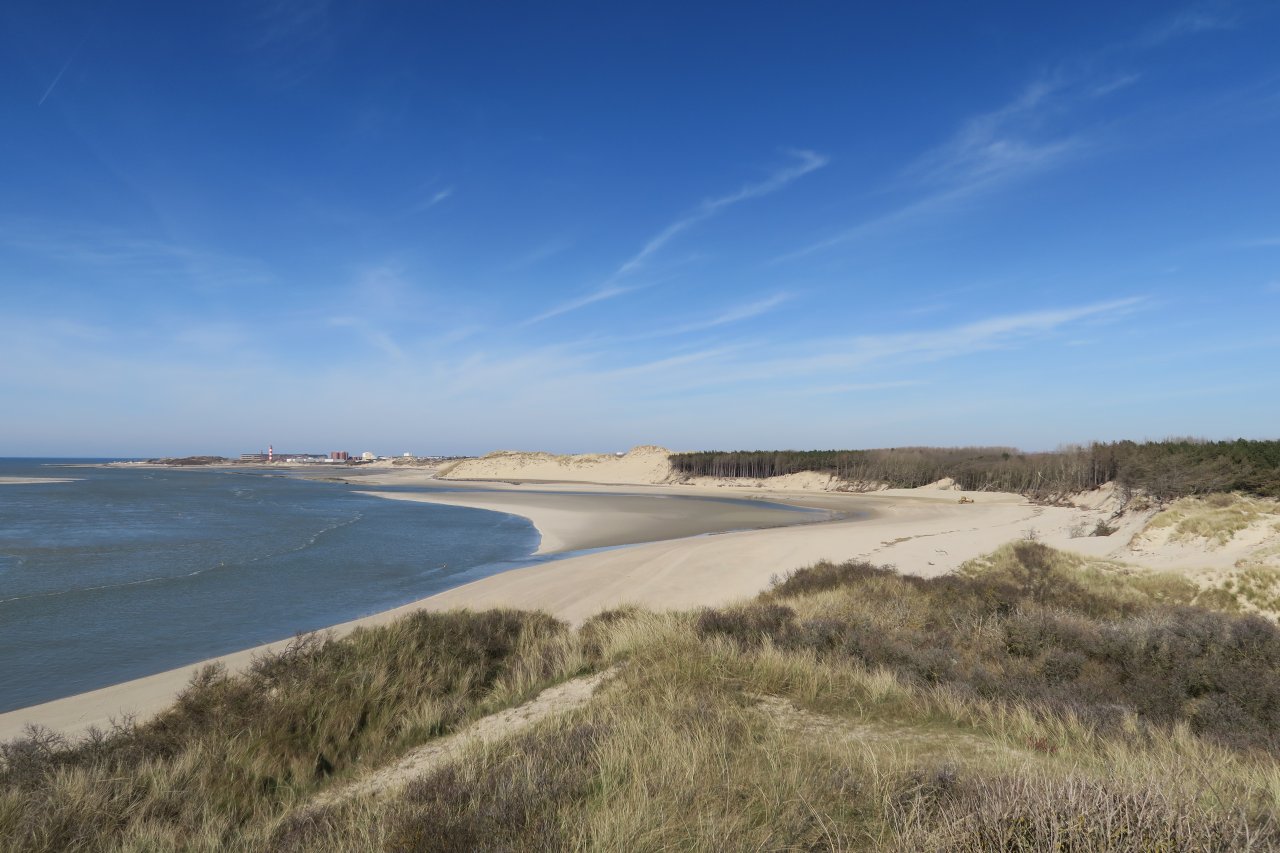The Baie d'Authie, a preserved treasure of the Côte d’Opale…
Where does the name “Côte d’Opale” come from? It comes from the shaded tones unique to our region; the light shines upon the sea, which gives it a different colour every day, depending on the weather and tide.
The Baie d'Authie, for those who love the great outdoors...
The Baie d’Authie is perfect for those who love hiking and the great outdoors. It is always full of surprise for those who discover it. Remained wild, it attracts all those who are in search of authenticity, year round. From Fort-Mahon and Waben to Berck-sur-Mer and Groffliers, let yourself be charmed by the different facets of this estuary of which the inhabitants of our region are so proud.
Discover the trail that will lead you to the panoramic viewpoint of the Baie d’Authie

A diverse flora and fauna…
The most famous residents of the Bay are of course the harbour seal and grey seal colonies! This atypical area is home to a remarkable fauna and flora. Do you know any of the following plants and animals?

Sea Buckthorn: this thorny shrub is found in the dune environment. Its sharp orange berries are delicious. You can have a taste but do not be greedy, for its harvest is forbidden.

Sea Aster: nicknamed “pig’s ear” because of their shape, the leaves of the sea aster can be cooked with butter or fried in the pan with onions and shallots. Similar to spinach, it is great served with fish or meat.

Obione: Fried or baked in the oven, its leaves turn into naturally salty crisps, perfect for the aperitif. The obione is found in the Mollières and if eaten raw, is naturally crunchy.

Common Sea-Lavender: For a few weeks during the month of July, sea lavender turns the Bay purple, offering an idyllic landscape. Picking of flowers is limited to a small bunch per person.

Picklegrass: the symbolic plant of the Mollières, Salicornia, or Picklegrass, has several virtues and tastes like pickle. Once harvested after June 29th, after Saint-Peter’s day, it is also called “passe-pierre”.

Cockle: the cockle is 2 to 6cm long and its colour varies from white to beige and brown. It is found in abundance on the sandy beaches and in shallow waters estuaries. The cockle lives in colonies, sometimes resulting in groups of several dozens of molluscs per square metre. Collecting them is forbidden, but be reassured that you will find them at the fishery for baking, barbecuing, stewing or even cook them like mussels.

Brown Shrimp: it is found in the Atlantic, the Channel, the Mediterranean and the North Sea. You can ideally fish for them from May to mid-October at ebb tide. The minimum size for catching shrimp is 3cm. Brown shrimps are delicious to eat, it must be cooked alive in boiling water for one minute.

Bouchot Mussels: No doubt you already saw them to the north of the resort on the foreshore, clinging to their stakes. Bouchot mussels accompanied with chips are the number one dish on the Côte d’Opale! However, such parks are private.

You can also visit the bay with a guide by sea and by air
A unique natural area to protect...
Let us not forget that the Baie d’Authie is as fragile as it is beautiful. Thus, a few rules are to be observed:
- When you take the dune trail, please remain on the trail at all times.
- Please avoid walking in the dunes, as the beachgrass growing there could be damaged.
- Do not try to cross the Bay from Berck-sur-Mer to Fort-Mahon-Plage or the other way around: the tides can be dangerous
- Harvesting of Salicornia, obione and sea aster is allowed up to 500g per day and per person. Please do not rip them off, cut them with scissors.
-
More information at DDTM Boulogne-sur-Mer +33(0)3.61.31.33.00 / http://www.pas-de-calais.gouv.fr/